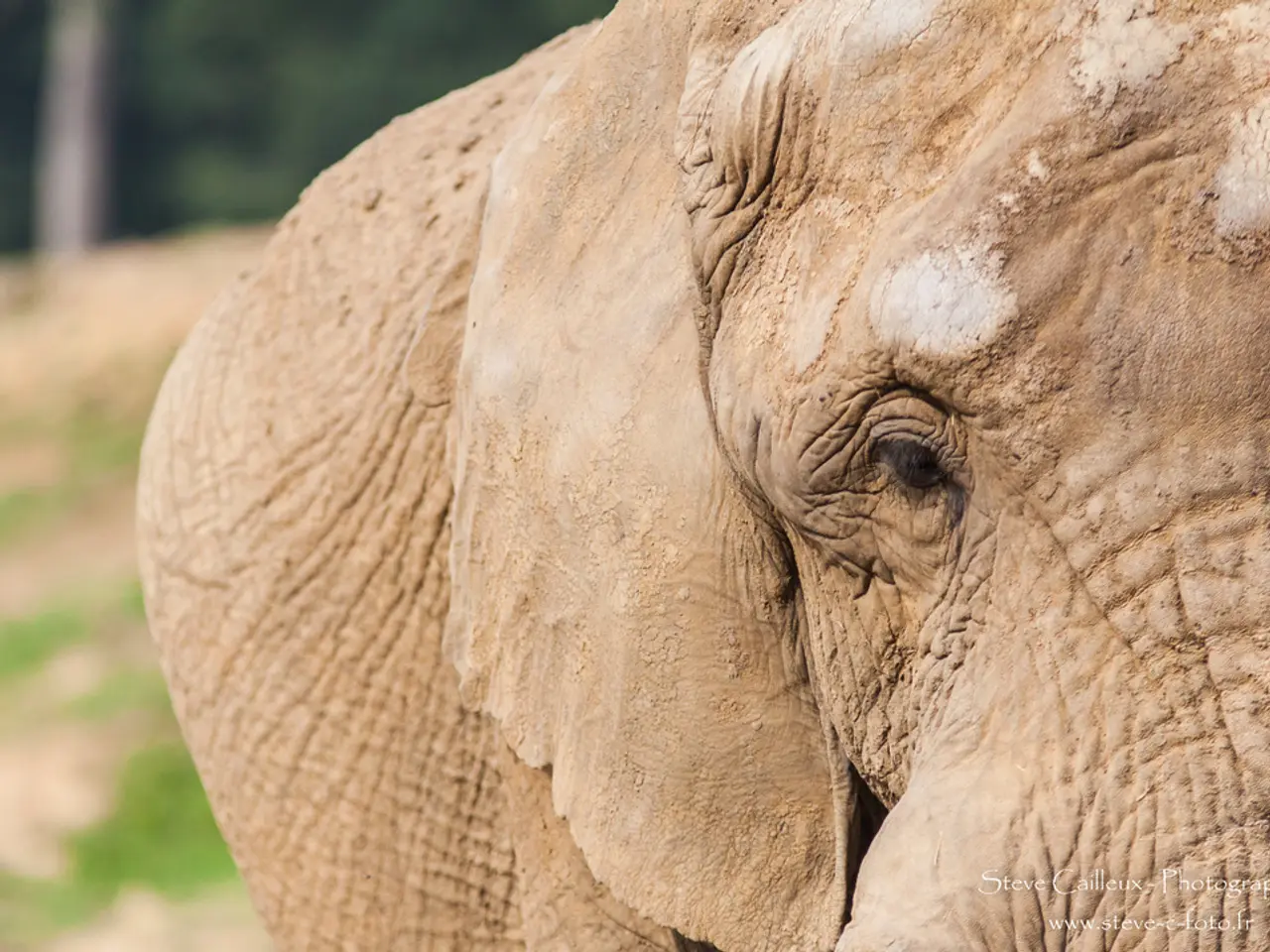Drones Deployed to Safeguard Elephants from Poachers
In the heart of Africa and Asia, a new frontier in conservation has taken flight. Drones, once relegated to the realm of hobbyists and military operations, are now becoming a vital tool in the fight against elephant poaching.
Community members, taking on roles as drone pilots and wildlife monitors, are fostering a sense of ownership and pride, becoming the first line of defense in protecting these majestic creatures.
Drones are being utilised to combat elephant poaching, primarily through aerial surveillance, real-time monitoring, and rapid response coordination. By providing wildlife agencies and conservationists with a bird's-eye view, drones enable the tracking of elephant herds, the detection of poachers, and the swift alerting of ranger teams to intervene and safeguard elephants.
One key aspect of this aerial support is real-time monitoring and alerts. Drones equipped with cameras and sensors monitor elephant movement and detect suspicious human activity. For instance, the Mara Elephant Project uses drones to spot potential threats and mobilise ranger teams quickly, moving herds out of danger within minutes.
The enhanced anti-poaching enforcement provided by drones is another significant advantage. Acting as an extra "eye in the sky," drones supplement ground patrols by covering large, remote areas with speed and efficiency. This surveillance deters poachers and helps pinpoint their locations for timely interventions.
Advanced drone operations also utilise artificial intelligence to analyse footage and recognise patterns indicative of poaching threats or elephant distress, improving the precision and responsiveness of conservation efforts.
Drones work alongside community scouts and law enforcement to create a networked approach to wildlife protection, empowered by shared intelligence systems and command centres.
Regular assessments are conducted to monitor the impact of drone use on wildlife and local communities. Some researchers are exploring solar-powered drones that can patrol for days without landing, promising longer flight times, greater autonomy, and smarter sensors for drones.
Operators are trained to fly drones at heights and distances that minimise disturbance to wildlife. Drones are most effective when combined with traditional conservation methods such as on-the-ground patrols, anti-poaching dogs, and community education campaigns.
However, there is ongoing debate about the right to privacy for local communities who may feel uneasy with increased surveillance. Drones have become a symbol of hope in the battle for elephant survival, uniting technology, science, and community spirit.
The skies above Africa and Asia now carry a message: the world is watching, and elephants are not alone. The hope is that, with continued innovation and collaboration, small reserves may soon benefit from aerial surveillance. Every elephant saved is a victory, not just for the species, but for all who believe in a world where nature and humanity can coexist. A call is made to protect earth's giants and ensure their trumpets echo for generations to come.
Local communities are involved in drone programs for elephant conservation, receiving training and employment opportunities. With each drone taking to the skies, the battle against elephant poaching gains a new ally, and the future of these majestic creatures becomes a little brighter.
- The utilization of drones in wildlife conservation extends beyond Africa and Asia, as they are now being harnessed for biodiversity research and animal behavior studies in various ecosystems worldwide.
- In the realm of environmental-science, artificial intelligence is being applied to analyze drone footage and recognize patterns of poaching threats or animal distress, thereby improving the precision and timeliness of conservation efforts.
- The science behind drone technology is not limited to combating poaching; researchers are also investigating solar-powered drones capable of long-duration patrols, offering enhanced autonomy and smarter sensors for wildlife monitoring.
- As drone technology advances and integrates with community lifestyles, concerns about local communities' right to privacy must be addressed and balanced against the importance of conservation and an ecosystem's long-term health.
- Incorporating drones into conservation programs not only bolsters animal protection efforts but also fosters an alliance between technology, science, and the local communities, strengthening the fight for the survival of endangered species like the elephant and the well-being of the environment.




